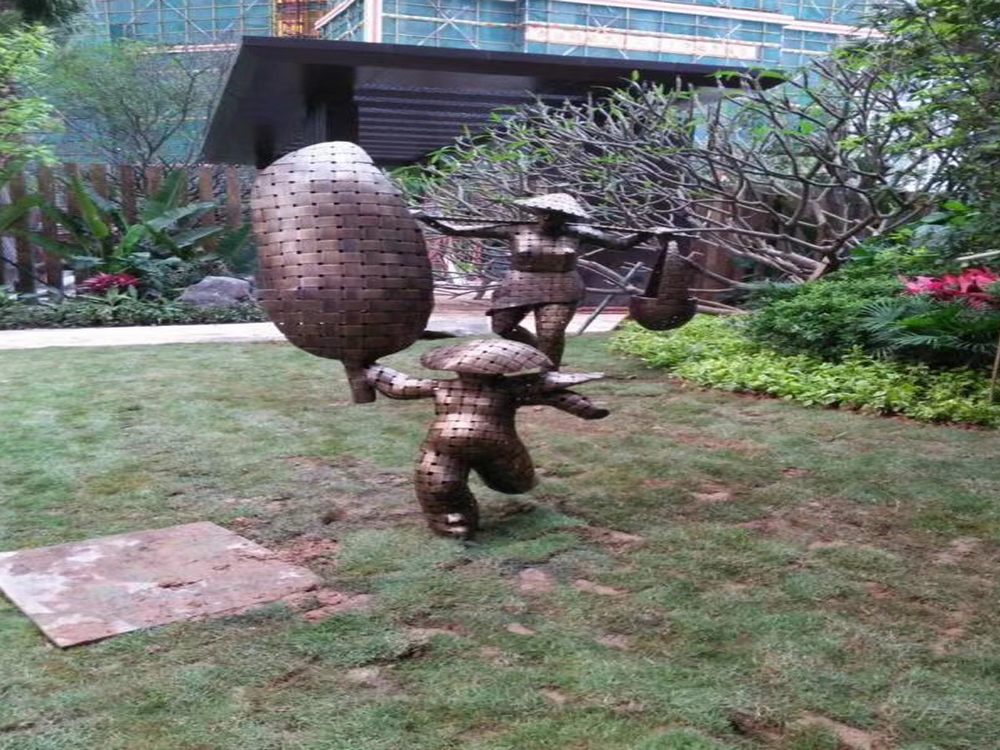
Bronze sculptures have long been admired for their durability and artistic expression, but the distinction between static and kinetic forms creates fascinating differences in appeal. Static bronze sculptures capture moments frozen in time, offering viewers a sense of permanence and classical beauty. These works often emphasize detailed craftsmanship, inviting contemplation of their form and texture.
In contrast, kinetic bronze sculptures incorporate movement, either through mechanical elements or clever balancing, creating dynamic visual experiences. The appeal here lies in the interaction between art and viewer—the way light plays on moving parts or how wind animates the piece. This dynamism evokes stronger emotional responses, as the sculpture appears alive and ever-changing.
While static pieces excel in timeless elegance, kinetic works engage through motion and unpredictability. Collectors often value static sculptures for their traditional appeal, whereas kinetic pieces attract those seeking innovative, interactive art. Ultimately, the choice depends on whether one prefers the serene majesty of stillness or the captivating energy of motion in bronze artistry.

